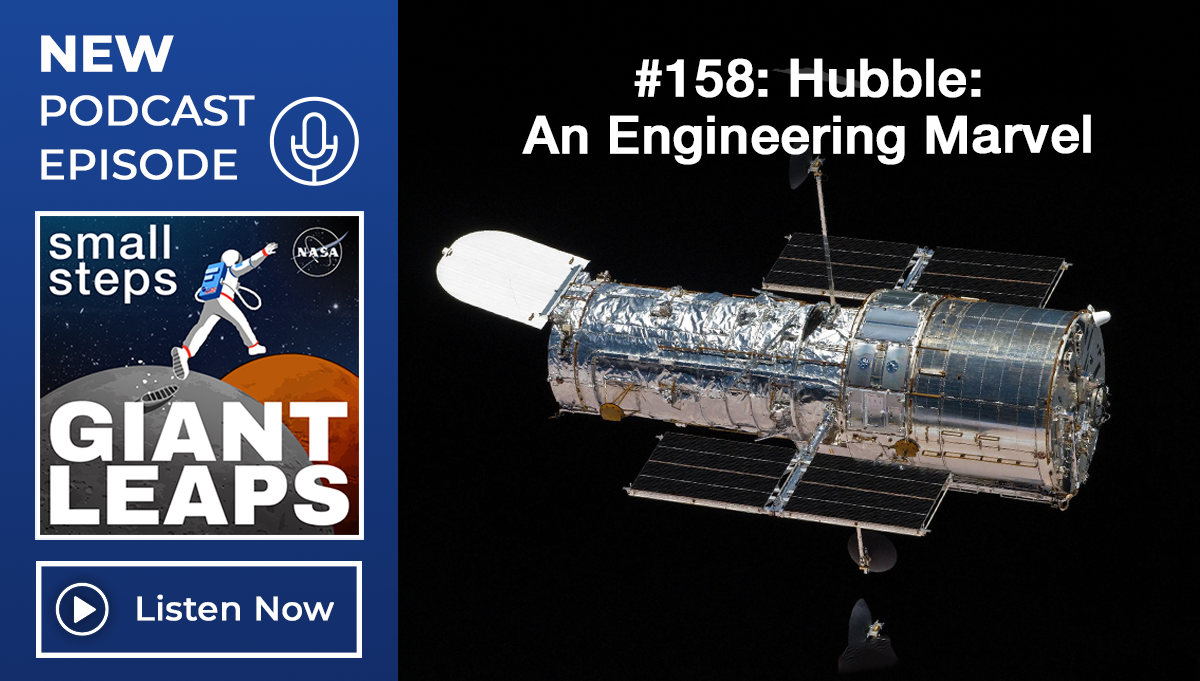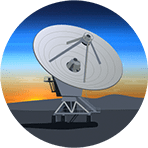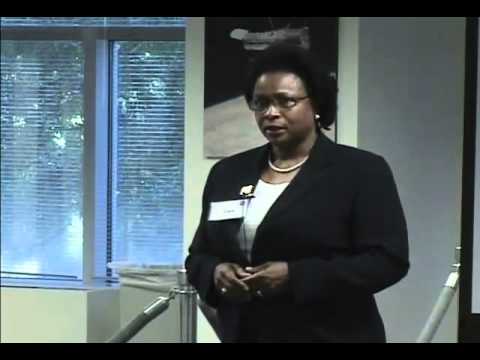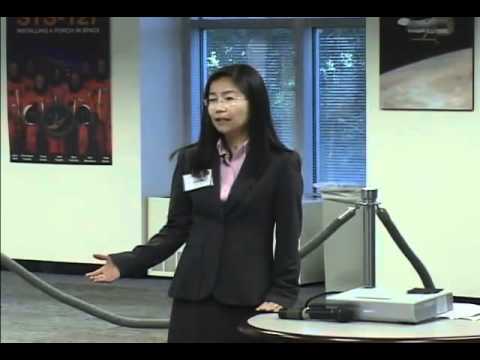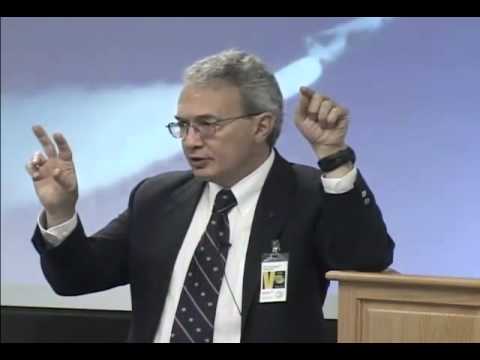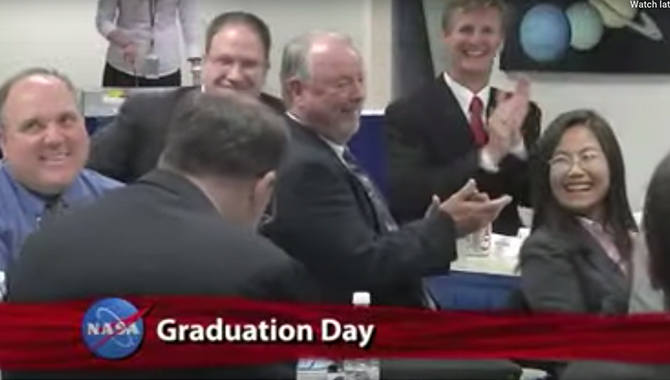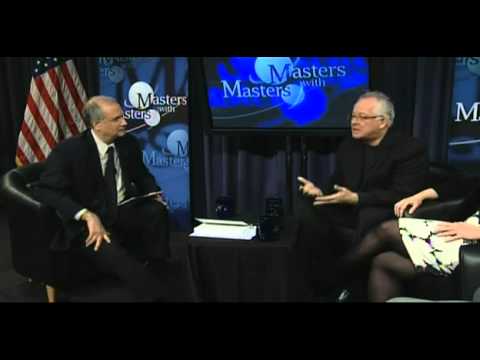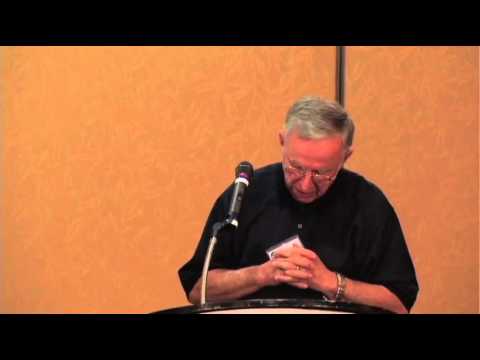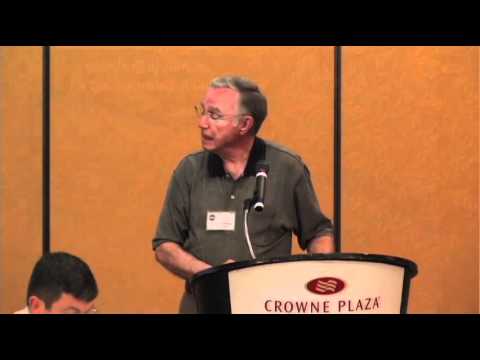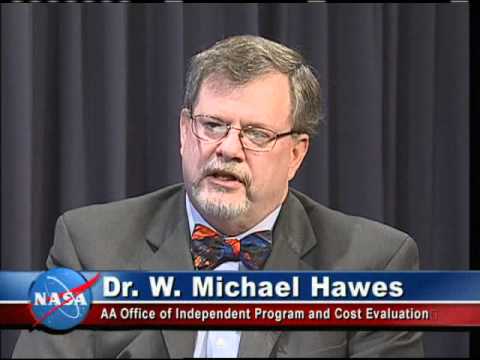
Third in the Masters with Masters series, this event features Mike Hawes, Associate Administrator, NASA Office of Independent Program Cost and Evaluation, and Lynn Cline, Deputy Associate Administrator for Special Operations Missions, discussing insights about their careers, the International Space Station, and the future of international collaboration, with Ed Hoffman, Director, Academy of Program/Project & […]




